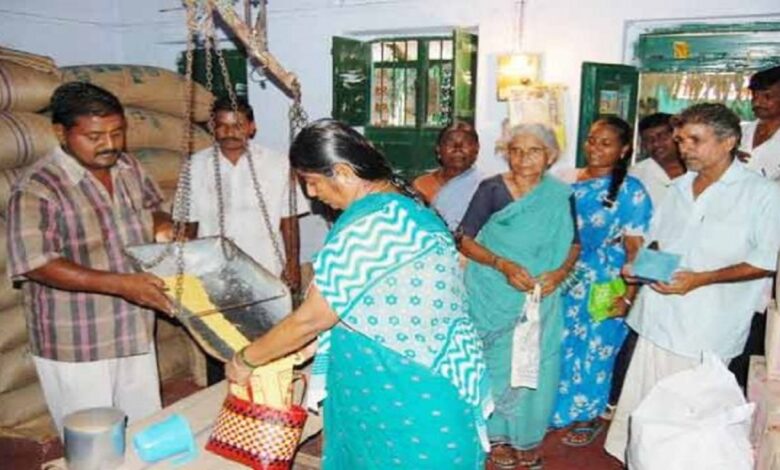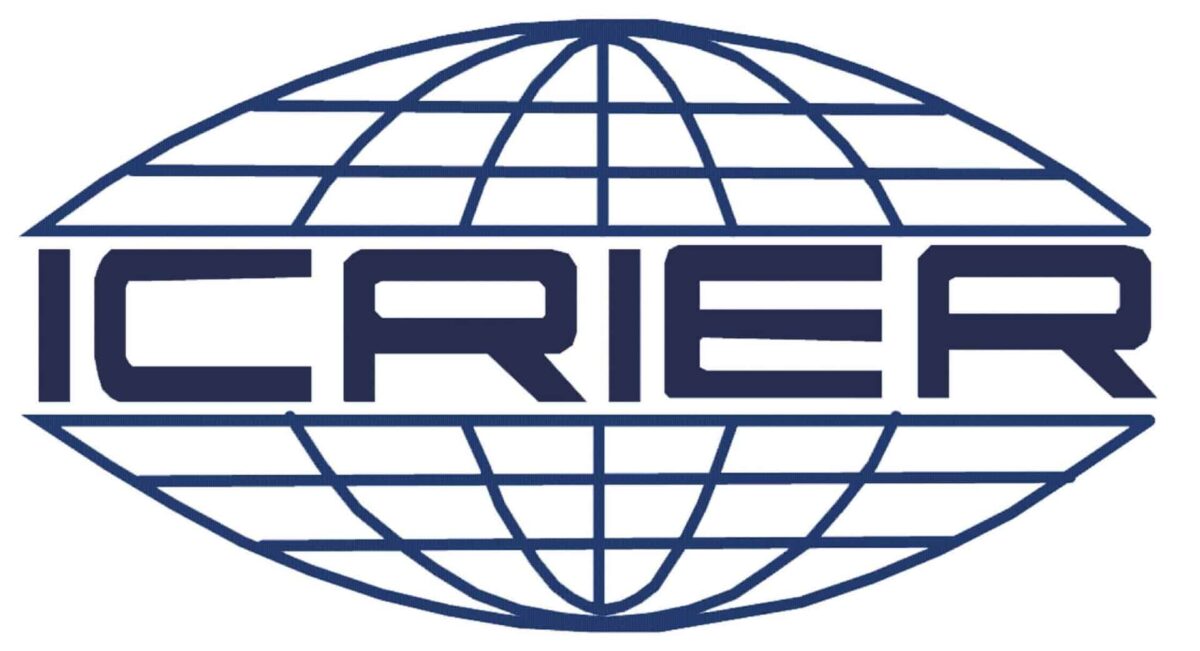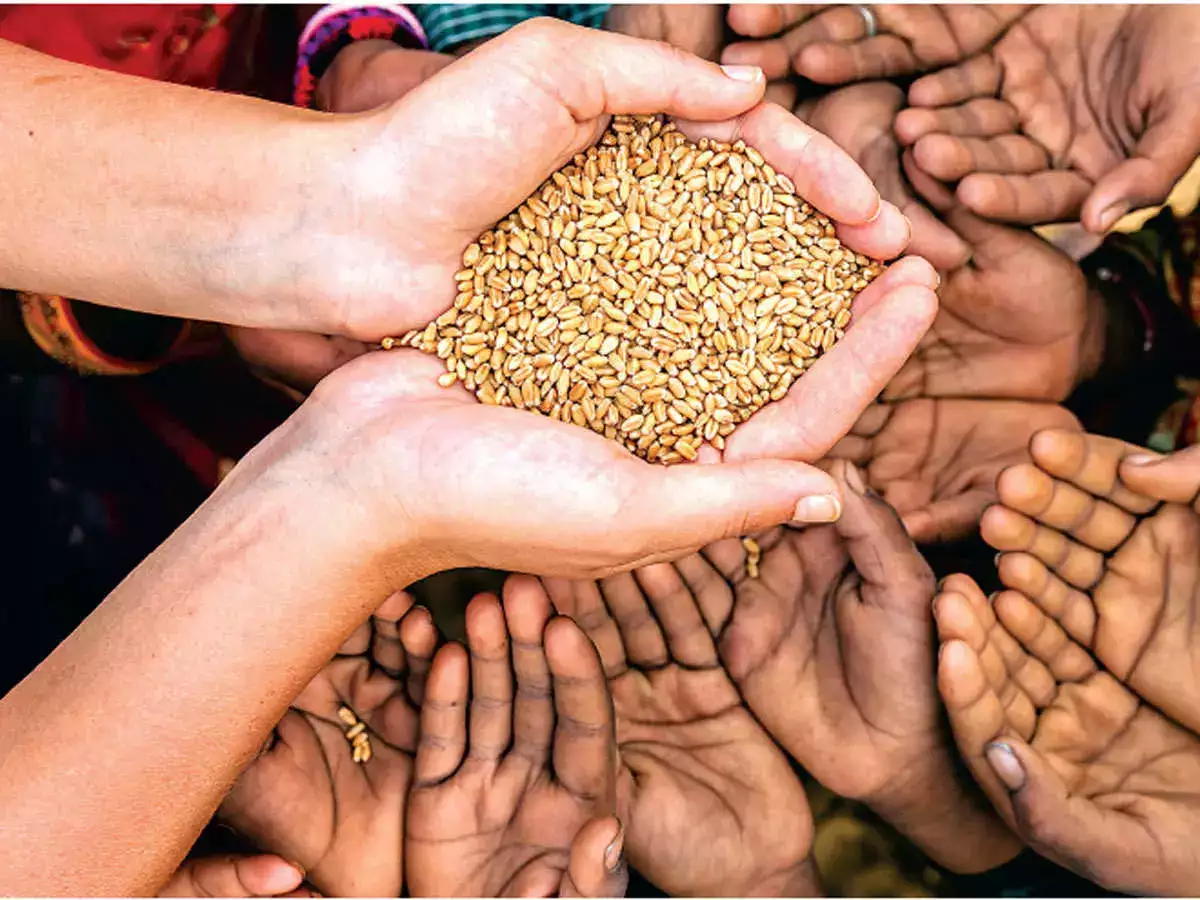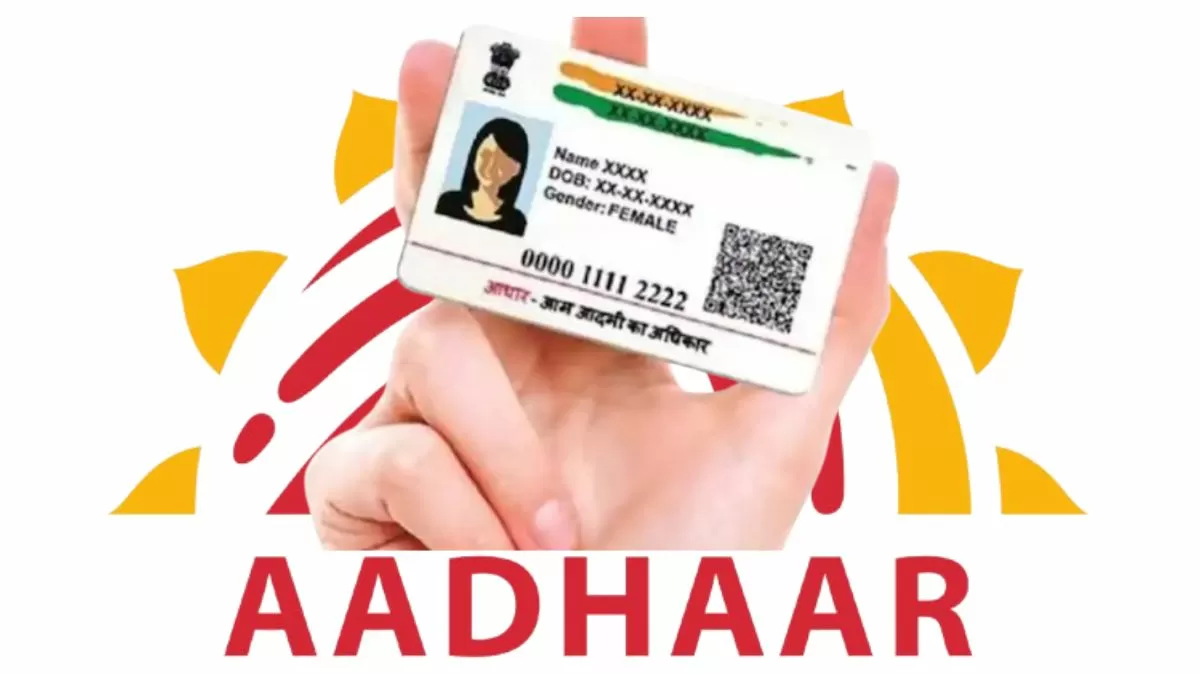India Lost Rs 69,000 Cr Due To The Incapability Of The States To Overlook PDS!
ICRIER recently made a shocking revelation about the country's welfare infrastructure and let us tell you, it does not look good.

In a shocking expose, which has once again brought to fore India’s welfare infrastructure crisis, nearly 20 million tons of food grains, meant for distribution to the country’s poorest of the poor, have been diverted from the Public Distribution System (PDS), a report conducted by the Indian Council for Research on International Economic Relations (ICRIER), recently revealed. This massive diversion translates into an annual loss of Rs 69,000 crore. It reveals disastrous vulnerabilities in one of the world’s most prominent programs for food security.
What makes it even more problematic is the scale of diversion because these grains were essentially allocated to feed 814 million people through various government schemes. Much of this diverted grain, it’s likely to wind up in the open market or exported abroad, undermining the very purpose PDS serves, says Ashok Gulati, Infosys Chair Professor at ICRIER and co-author of the policy brief.
While the present leakage rate is a better record than the 46% wastage reported in 2011-12, the fact that such significant diversion persists even after the high-tech interventions posits serious questions about the integrity of the system. Plugging in the leaks with POS machines in 2016 and Aadhaar-linked ration cards did not seem to work, given the developments that suggest evolutionary corrupt practices to circumvent these digital safeguards.
Regional Disparities And State-wise Performance
 The ICRIER report reveals striking regional variations in PDS efficiency. Northeastern states, especially Arunachal Pradesh, Nagaland, and Gujarat, reveal some of the highest leakage levels. Challenges in northeast states are mainly related to suboptimal development of digital infrastructure, which shows how limitations in technology intensify inefficiencies in distribution.
The ICRIER report reveals striking regional variations in PDS efficiency. Northeastern states, especially Arunachal Pradesh, Nagaland, and Gujarat, reveal some of the highest leakage levels. Challenges in northeast states are mainly related to suboptimal development of digital infrastructure, which shows how limitations in technology intensify inefficiencies in distribution.
However, some states give an inspiring example of improvement. Bihar and West Bengal have significantly reduced their leakages. The most notable case is Bihar, which saw the leakage rate drop from 68.7% for fiscal 2011-12 to 19.2% for fiscal 2022-23. Even better is West Bengal, where leakage has reduced from 69.4% to 9% in that period. That kind of proper implementation and follow-up brings maximum improvement.
However, the situation in Uttar Pradesh is particularly troubling, with leakage from subsidized grains amounting to 33%, making it the worst performer in absolute terms. The other states – Himachal Pradesh, Uttarakhand, and Maharashtra also tend to continue performing poorly on leakage rates; leakage in some of the other poorer states is however getting better. Therefore it suggests that systemic challenges exist throughout different regions and varied levels of economic development.
Systemic Challenges And Corruption Patterns
The persistence of large-scale grain diversion points to deeply entrenched systemic issues in the PDS. All levels of the procurement chain-from the original sourcing of grains all the way to the final distribution at fair-price shops-reflect this rampant nature of corruption.
Common practices include:
1. Fraudulent dealers replacing quality Food Corporation of India (FCI) stock with inferior products
2. Creation of ghost ration cards to siphon off additional supplies
3. Manipulation of weighing systems at distribution points
4. Diversion of commodities to open market in contravention
5. Lack of effective administration and monitoring in fair-price shops
These problems are further compounded by challenges facing the proper recipients, including seasonal migrant workers and residents of unauthorised colonies who cannot get ration cards. Many low-income families cannot afford to buy stocks on instalment as well, which complicates the access prospects.
Impact On Food Security And Economic Implications
At 20 million tons of diverted food grains, the implications for India’s food security goals are too huge to be ignored. Malnutrition and hunger remained major issues; this every diverted kilogram means failing to target the most vulnerable. The economic cost of ₹69,000 crore annually reflects not only financial loss but also a lost chance at addressing poverty and malnutrition effectively.
 This inefficiency is particularly worrying, given that India is one of the world’s largest consumers of grains. At such a time, more resources could be going into supporting the system or expanding other welfare programs instead of coming as a financial burden on the exchequer.
This inefficiency is particularly worrying, given that India is one of the world’s largest consumers of grains. At such a time, more resources could be going into supporting the system or expanding other welfare programs instead of coming as a financial burden on the exchequer.
Technological Interventions And Their Limitations
 While digital solutions like POS machines and Aadhaar-linked ration cards have helped to reduce leakages from their 2011-12 levels, their impact has been limited by various factors. The impact of Aadhaar technology is most evident in states with a smaller digital divide, such as most states in the Northeast, where digital means are still in nascent stages.
While digital solutions like POS machines and Aadhaar-linked ration cards have helped to reduce leakages from their 2011-12 levels, their impact has been limited by various factors. The impact of Aadhaar technology is most evident in states with a smaller digital divide, such as most states in the Northeast, where digital means are still in nascent stages.
The experience suggests that while technology can powerfully empower transparency and accountability, it needs to be a part of a wider reform strategy. Implementing digital solutions without rectifying the structural problems and ring fences of corruption may merely lead to adaptation rather than dissolution of these networks.
Recommended Reforms And Way Forward
The ICRIER report focuses on the requisite structural reforms for strengthening PDS. Important recommendations include:
1. Targeting Beneficiaries Better: More precise systems should be implemented in order to identify and reach out to those in dire need without leakages through ghost cards and double registration.
2. Transition to Alternative Distribution Means: Food stamps or direct cash transfers as more efficient alternatives to physical grain distribution with fewer opportunities for corruption and diversion.
3. Advanced Monitoring: Utilizing cutting-edge technologies like blockchain to enhance constant tracking and accountability on the entire supply chain.
4. Cyber Infrastructure Upgrading: Assuring full technological support particularly in those regions that are not yet so productive digitally.
5. Regular Audits and Accountability: Providing good oversight systems with clear repercussions for infractions.
The revelation of 20 million tons of grain being diverted away from India’s PDS is both a crisis and an opportunity for reform. Reducing the leakage rate from the previous high of 46% in 2011-12 indeed demonstrates that change is achievable; at these levels of diversion, though, it calls for urgent and comprehensive reform today.
Success stories in areas such as Bihar and West Bengal are lessons and hope for better improvement. However, national-level improvements will require a systemic attack on both corruption and infrastructural weaknesses that come on an all-hands-on-deck basis.
As long as challenges of poverty and food security are left unchecked in India, the integrity of its Public Distribution System will be crucially important. Financial and social costs of continued leakages are too high to ignore. The way forward must blend technological solutions with structural reforms, enhanced accountability measures, and perhaps alternative distribution mechanisms that usher in a more efficient and equitable system capable of taking attention where it is most sorely needed.



